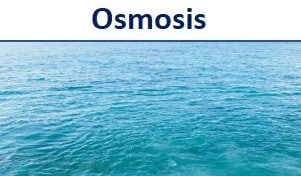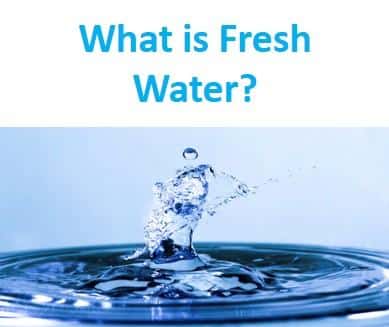In chemistry, the term “concentration” refers to the components of a mixture or solution.
In simple words, concentration is the amount of solute in a given amount of solvent and can be characterized using a variety of qualitative terms like molarity, molality, mass percentage, parts per thousand, parts per million, and parts per billion.
This article includes the definition of concentration and various methods to find the concentration.
Table of Contents
Concentration Definition
In chemistry, concentration refers to the amount of a substance in a given space. Concentration is sometimes defined as the solute-to-solvent or total-solution ratio in a solution. Concentration is usually represented in terms of mass per unit volume. Solute concentration, on the other hand, can be expressed in moles or volume units.
Some academics believe that mass concentration, molar concentration, number concentration, and volume concentration are true concentration units.
Concentration may be expressed per unit mass rather than volume. Concentration can be calculated for any mixture, not just chemical solutions.
| Term | Concentration |
| Simple Definition | The amount of solute in a given amount of solvent |
| Unit | g/cm3, kg/l, M, m, N, kg/L |
| Qualitative terms | molarity, molality, mass percentage, parts per thousand, parts per million, and parts per billion. |
Various Concentration Units
- Molarity: moles of solute/liters of solution
- Molality: moles of solute/mass of solvent
- Normality: grams of active solute/liters of solution
- Mass percent (%): (mass solute/mass solution) x 100%
- Volume Percent (v/v%): (volume solute/volume solution) x 100%
- Mole Ratio (mol/mol): moles of solute/total moles of all other species in the mixture
- PPM (parts per million): 1 milligram of something per kilogram
- PPB (parts per billion): the number of grams of solution per million or per billion grams of solvent.
Important Definition
- Solvent: The component that dissolves the other component is called the solvent.
- Solute: The component(s) that is/are dissolved in the solvent is/are called solute(s).
- Mixture:
- Diluted solution: a solution that has a very little solute
- Concentrated solution: a solution that has a lot of solutes
- Saturated solution: The solution is said to be saturated with solute when the maximum amount of solute has been dissolved in a given amount of solvent.
- The concentration of a solution: the amount of solute/amount of solution
Concentration Gradient
Gradient describes the progressive increase or decrease of a variable in relation to distance.
A solution is made up of two major components: the solvent and the solute.
The dissolving component, such as water, is known as the solvent.
Solutes are particles that can be dissolved by the solvent.
A concentration gradient occurs when the number of solutes in two solutions differs.
This solute imbalance between the two solutions causes solutes to shift from a dense area to a less dense area.
This movement is an attempt to correct the solute concentration imbalance between the two solutions.
Summary
Concentration is the amount of solute in a given amount of solvent and can be expressed qualitatively using terms such as molarity, molality, mass percentage, parts per thousand, parts per million, and parts per billion.
More Links
What is Diffusion?- Definition, Unit, Types, and Examples
Viscosity| Definition, Types, Formula, Examples
Surface Tension| Definition, Formula, and Simple Examples
Difference between Active and Passive Transport?
Critical Velocity| Fluids
Filtration Definition and Types
- BCl3 Lewis Structure in four simple steps - November 1, 2023
- PH3 Lewis Structure in four simple steps - October 8, 2023
- PF3 Lewis structure in four simple steps - September 24, 2023



